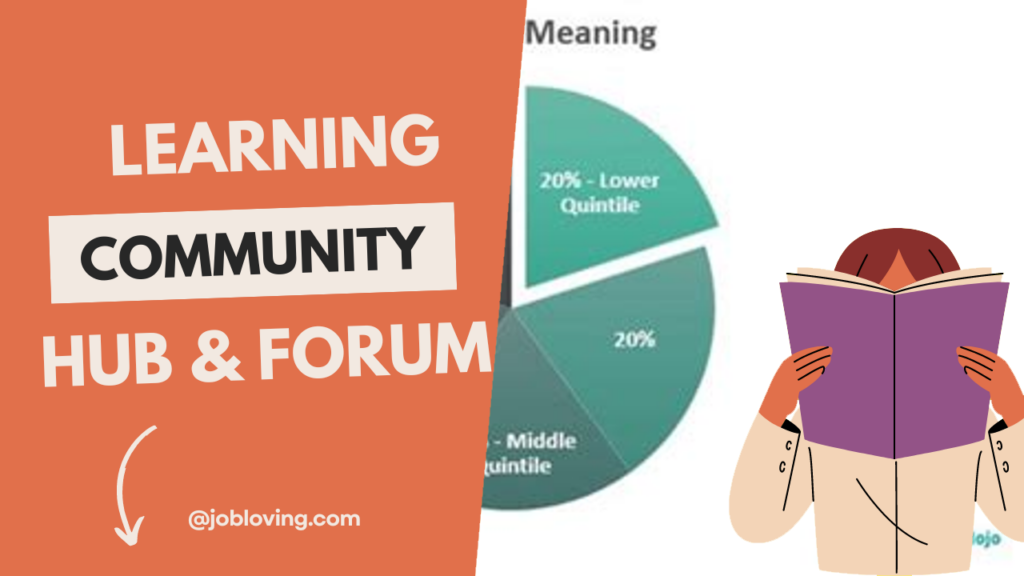Have you ever pondered what the term “quintile” really means in the context of education? If you’ve found yourself scratching your head, you’re in good company! Quintiles are used to slice and dice data into manageable parts, often to understand trends and patterns. In the realm of higher education, POLAR uses quintiles to break down local areas based on how many young people jump into the world of higher education at 18 or 19 years old.
Answer: Quintile one indicates a low rate of higher education participation.
In the POLAR classification, quintile one represents local areas where the rate of participation in higher education is the lowest. To put it simply, if you’re in quintile one, it’s a red flag waving high about the fewer young folks pursuing further education. In contrast, quintile five is where the party’s at, showing a robust enthusiasm for hitting the books and pursuing degrees.
Understanding the implications of being in quintile one can shed light on various socio-economic factors impacting a community. It may suggest limited access to educational resources, lower socio-economic status, or even cultural factors that influence educational aspirations. While falling into quintile one isn’t inherently “bad,” it does reveal areas that may need support and improvement to foster higher education participation.
Curious about where your local area stands or how these statistics can influence opportunities for youth? Don’t hesitate to dive deeper! Join the JobLoving community for more resources and support, and feel free to ask if you have any questions about this topic! We’re here to help!

